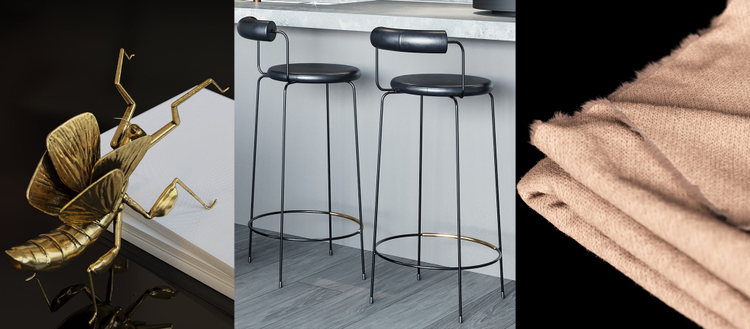High-profile architectural projects can take years to develop. But investors and buyers want to know what the luxury condo, hotel, or commercial complex will look like now so they can make more informed decisions.
That’s where Binyan Studio steps in. The agency is one of the world’s leading 3D architectural companies, working with property developers, architects, and designers to bring a space to life in photorealistic 3D. Binyan specializes in creating an aesthetic that tells a story about a space: Who will live, visit, relax, or work there. How will they feel when they walk through the door and how will those feelings change as they walk through a building or complex?
“When people buy a property, they buy it off the renders they’ve seen,” says Binyan’s director Chris Worsfold. “They look at the renders and make the decision as to whether they want to invest in this project or that project. That’s no small thing, and it’s our job to help them find that place to call home.”
Working with the apps in Adobe Creative Cloud for teams and the Substance 3D Collection, Binyan uses 3D rendering to create photographs, animations, and video that gives viewers a preview of any project years before construction is complete.
Demand takes 3D to new heights
Binyan continues to raise the bar for photoreal quality in the images it provides to clients. Over the past few years, Binyan has noticed that clients are particularly interested in seeing the intricate details that make spaces feel real. Imagine candy wrappers spilling out of an overflowing trash can, plush furniture with fabrics that seem to change depending on the light, or lightly scuffed tiles in an inlaid floor mosaic.
With the Adobe Substance 3D Collection, Binyan artists, modelers, and designers create detailed 3D art faster. This gives the company more time to add the little details that help client projects feel lived in. Starting with Substance 3D Sampler, artists use reference photos from clients to create photoreal materials. By searching through Substance 3D Assets, they can quickly find more models, textures, and maps to fill out a space with 3D elements. Finally, Substance 3D Painter allows artists to add decorations and layer materials that bring a chandelier, rug, or ceiling to life.
Creating photoreal scenes
Binyan artists are experts in making architectural designs feel real. Binyan described some of the ways that artists use Substance 3D to create environments that rival reality.
1. Natural elements
From marble and brick to wood and concrete, natural and composite materials are found throughout any building. Designers often have an idea of what materials they want to use in a building — white granite countertops atop dark wood cabinets, for example. But the difficulty for artists is that no two pieces of wood or sections of granite look exactly the same. Using Substance 3D Assets, artists can search through a wide library of textures and materials to make sure that every piece in a scene is slightly different, creating a more realistic, immersive image.
2. Fabric
The right fabric is about more than just looks. Whether framing a window or covering a sofa, fabrics are something that people feel, and the texture can go a long way to shape how people experience a space. Some fabrics can even change dramatically throughout the day, shifting colors as fibers move and catch light from different angles. To capture all of the complexities of fabric, Binyan artists often need to get creative. They use Substance 3D Painter to layer textures, adjust maps, and apply colors to capture the complexity of fabric visually. This can mean pulling inspiration from unexpected sources. One artist admitted that one of his favorite materials is a green alien skin, which adds irregular bumps and scales that help create irregularities that produce natural-looking results.
3. Surfaces
Walls, ceilings, and floors are never just background. Getting the right textures can set the foundation for a realistic finish. By combining elements with Substance 3D Painter, Binyan artists can add details such as molding or complex tile patterns without needing to sculpt individual elements by hand. With less time spent on large surfaces, artists have more time to add details that make a scene feel real.
4. Environment
From shining silverware sitting on a dining room table to books scattered on an office desk, it is the small decorative elements that add a lived-in feel to any space. The Substance 3D Collection helps artists work faster — up to 10 times faster — so that they can add more of these elements. Details show up just as beautifully in close-up as when they’re in the background, without artists needing to spend time sculpting extra high-resolution details on objects by hand. This means that directors can place the camera wherever they want in a 3D scene or create walkthrough videos that help viewers imagine exactly what entering a room will feel like.
“We’ve employed Adobe Creative Cloud since day one. I’ve been using it myself for 20 years,” says Andrei Dolnikov, Binyan founder and CEO. “No other software could handle the incredibly complex information contained within the texture, reflection, refraction, shading passes, and other details in every image or film we produce. It’s where the magic happens.”
Read more about how Binyan uses the Substance 3D Collection and Adobe Creative Cloud for teams to create stunning visuals for some of the world’s biggest architectural developments.




